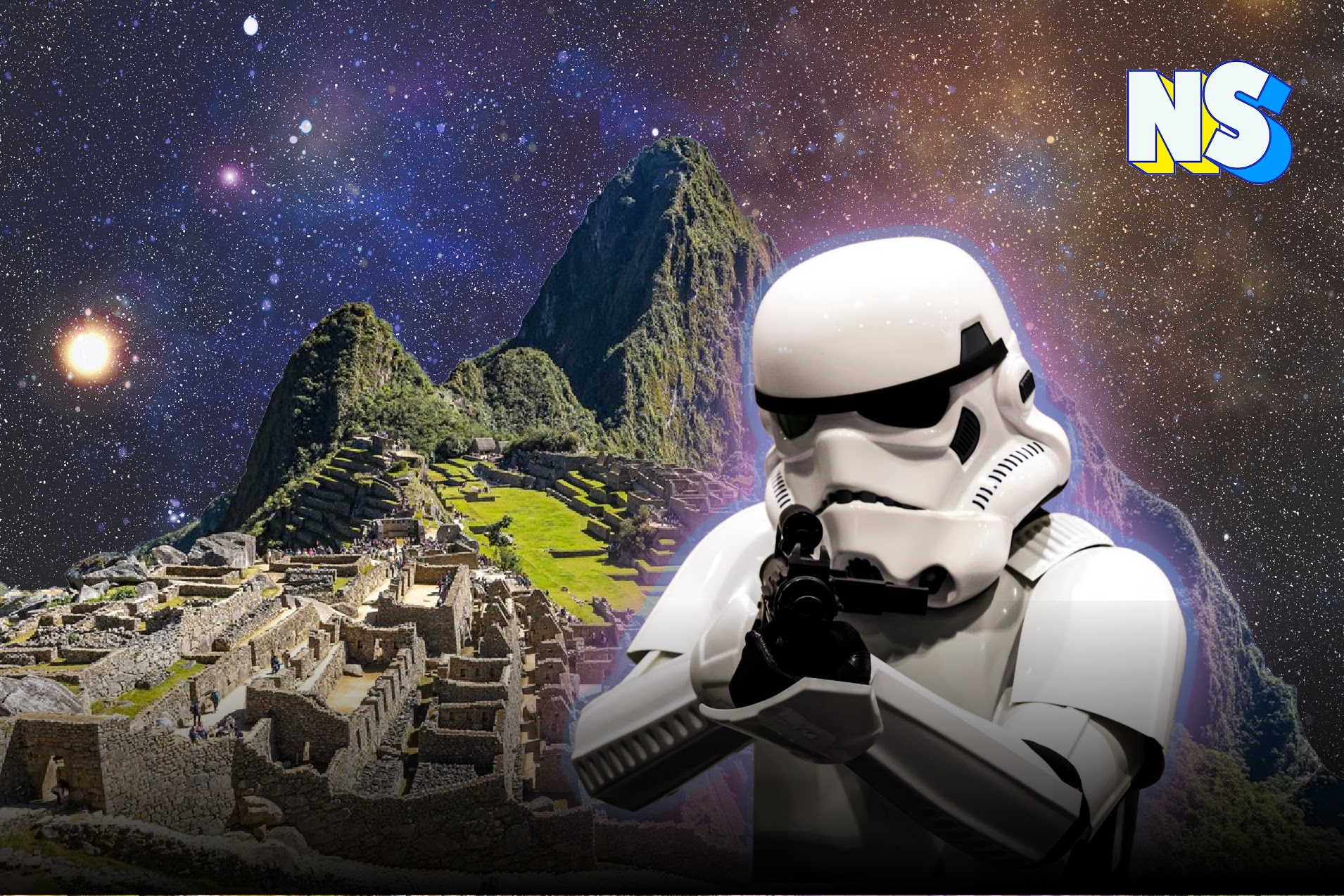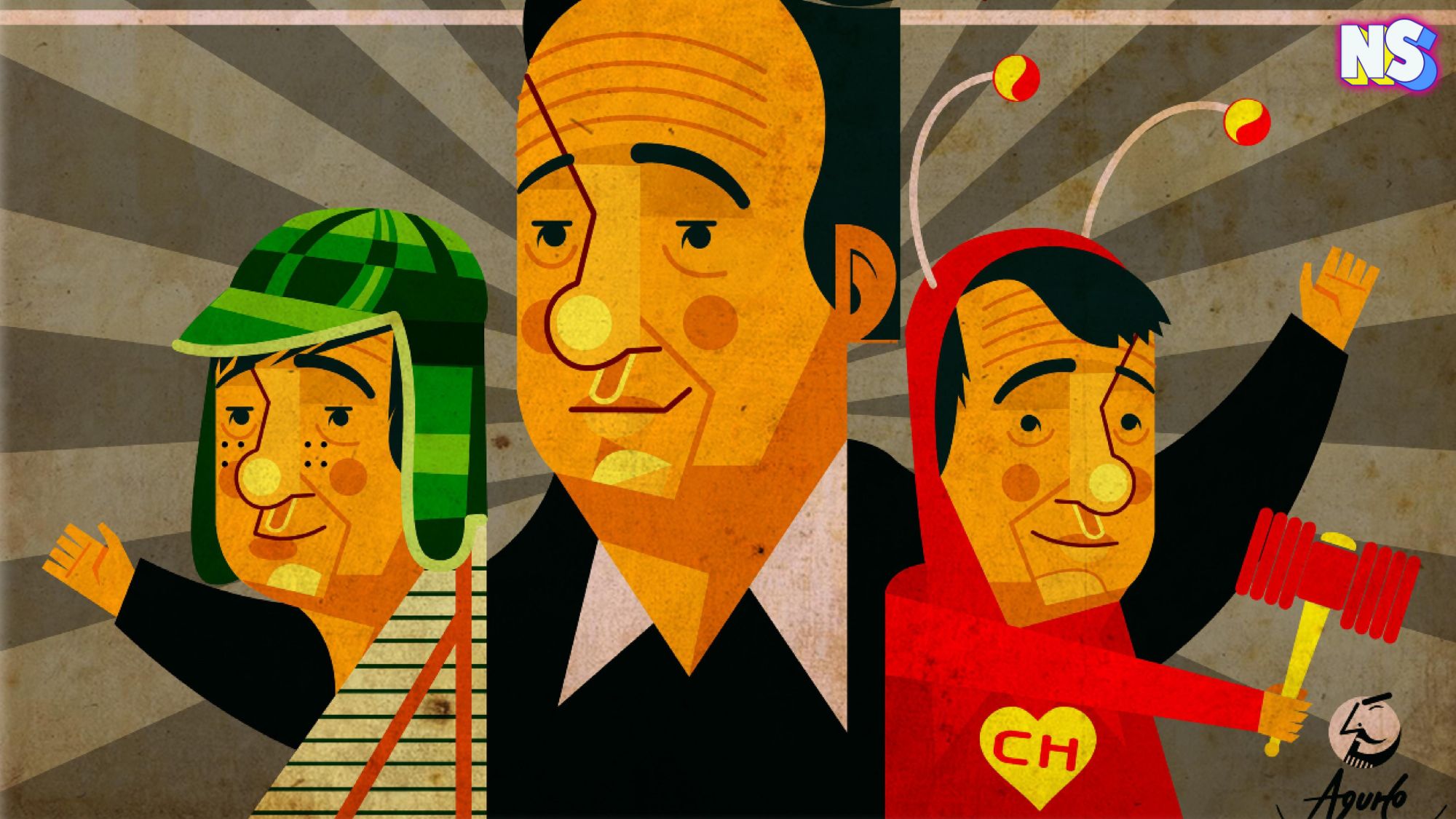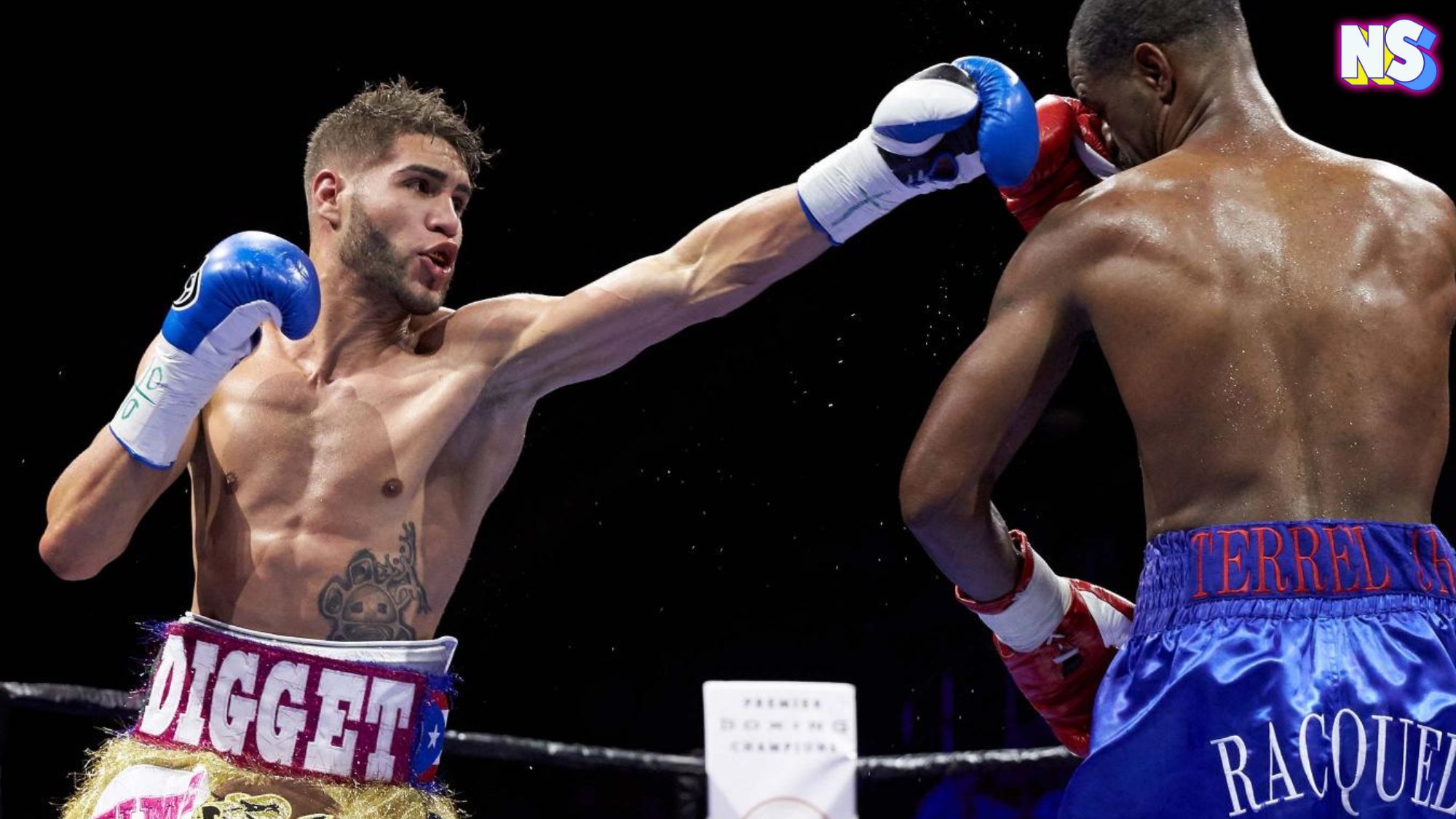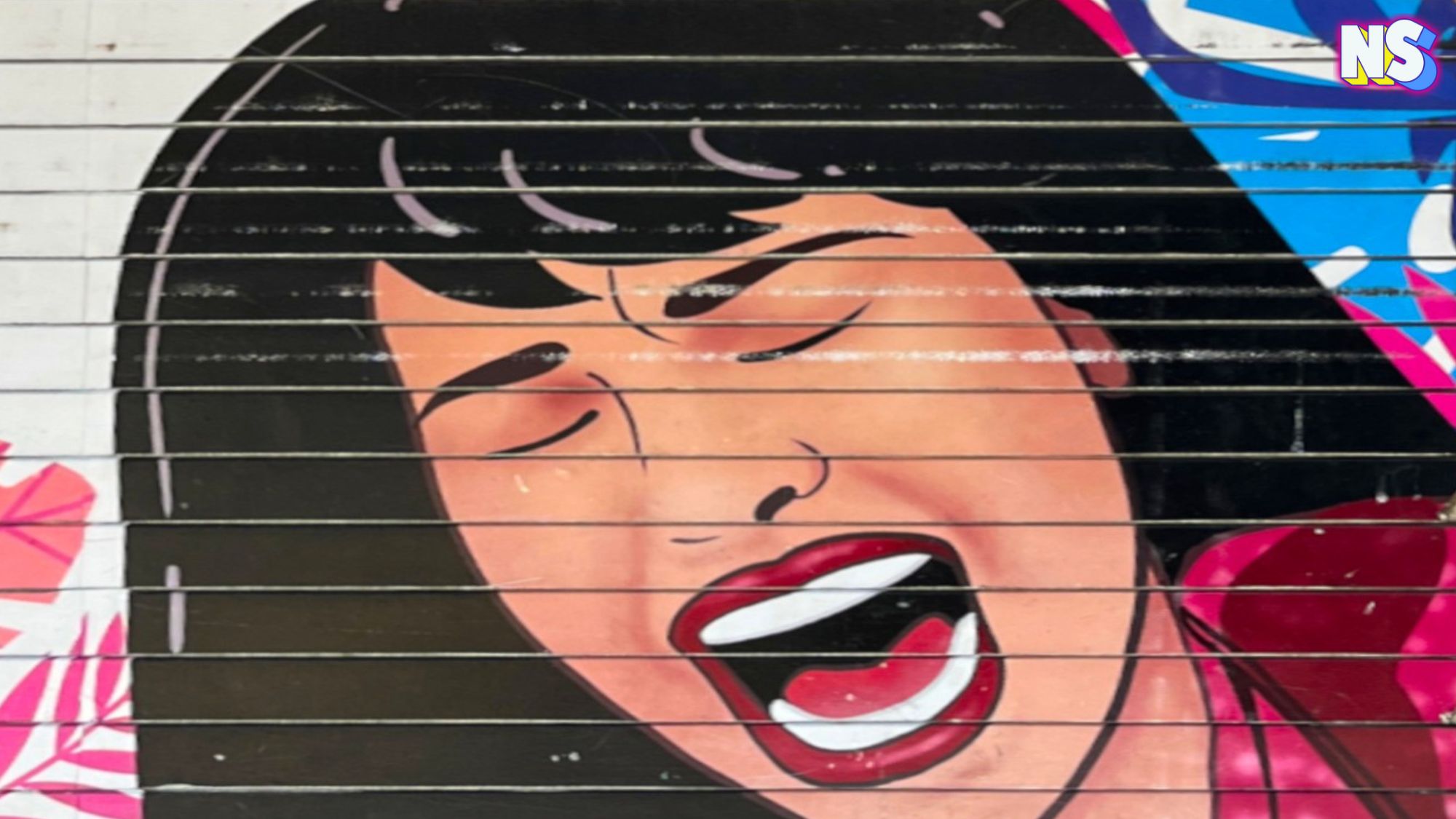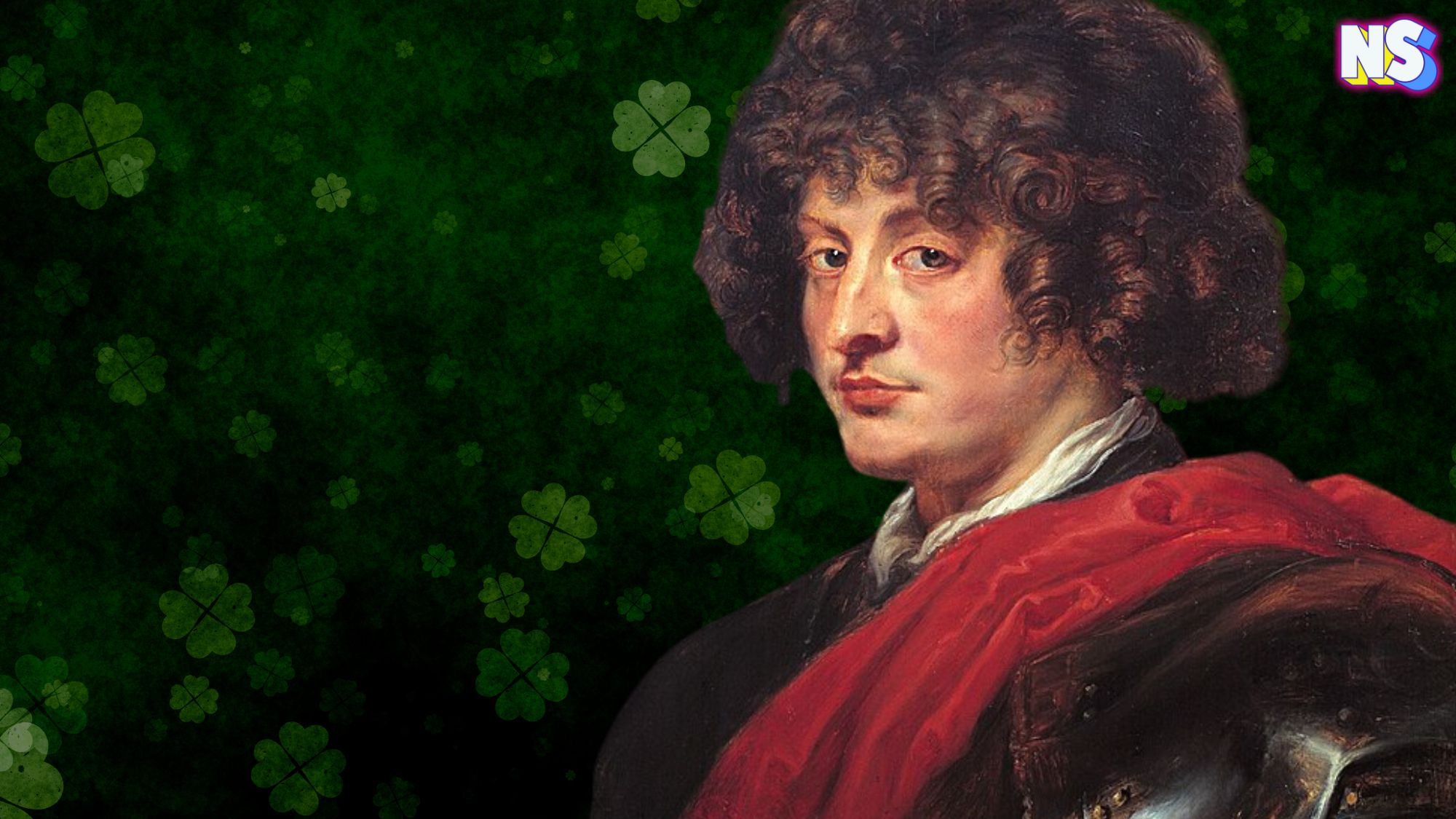Credit: Nuestro Stories.
Sometimes, our Latino communities contribute to pop culture in the most surprising, seemingly innocuous places. It turns out that if you love “Star Wars”, “Jurassic Park,” and a few other famous films, for example, you may have not realized that Hollywood producers have a history of integrating Quechua and other indigenous Latino languages into well-known movies. And, most of the time, they used those languages in order to bring exotic or alien worlds to life.
Quechua’s Cinematic Roots
One of the poster children for this common Hollywood script trick appears in “Star Wars: Episode IV – A New Hope” (1977). If you replay the Mos Eisley cantina scene where Hans Solo is confronted by the bounty hunter Greedo, you’ll hear some clear Quechua spoken when Greedo sneers at Solo, “Chaska Ñawi.”
To a native speaker of Quechua, the largest indigenous language of South America (10 million speakers to be exact), Chaska Ñawi sounds silly and nonsensical. However, it translates to “eye” and “stars” and indicates “messy eyelash” in the language of the Andes.
It’s no surprise that Quechua would inspire the epic space opera franchise created by George Lucas because it is a language rooted in royalty.
Also known as Runasimi, which means “people’s language,” Quechua is the primary language family of the Inca Empire. It was adopted as the language of administration by the rulers of the empire in the 15th century allowing its spread beyond the boundaries of Peru.
Quechua was implemented as a lingua franca by Spanish colonizers to encompass all of the region’s indigenous languages. By the end of the 18th-century, colonizers began a suppression campaign against the language. The Latino language survived eradication and established several indigenismos, vital for our use of Spanish today. Its range today covers Argentina (55,493), Peru (5,176,809), Bolivia (1,837,105), Ecuador (2,568,000), Colombia (23,249), and Chile (33,868).
If You Know Huttese, You hear the Quechua language
Quechua heavily influenced sound designer Ben Burtt who based the fictional Huttese language, spoken by many groups and species in the film, on the Andean indigenous language. Even though Huttese isn’t entirely Quechua, the similarities in pronunciation are vast. Burtt asked Berkeley-based linguist and voice actor Larry Ward to listen to recordings of the unaltered language to improvise an on-screen language for Jabba and characters like Greedo to speak, according to Inverse.
Other indigenous Latino languages were used for inspiration in the film, such as Haya, a Bantu language spoken by the Haya people of Tanzania, Tibetan, and the endangered Kalmyk Oirat language.
Quechua was also used in the movie, “The Lost World: Jurassic Park” in the European Spanish version, replacing the Costa Rican fishermen scene with the Andean indigenous language to maintain the environment’s “exoticism.” If you listen closely, you can easily make out the word “Taita”, which means father, in one famous scene.
South America is home to 448 languages, making it the region with the most language families (37) and surpassing North and Central America (13 and 6, respectively). Being such a diverse continent, South America is rich in indigenous culture and language. This has allowed Quechua to shape the Spanish language globally and serve as inspiration for some of the most iconic Hollywood films series in history. Arí!
By Edurne Sosa El Fakih
Edurne Sosa El Fakih is a Venezuelan anthropologist-to-be and everlasting aspiring writer. With a passion for cultures, Edurne has conducted research in the Mexican highlands of Chiapas and is dedicated to sustainability and indigenous empowerment and agency. Edurne strives to give voice to the suppressed Latin American rural heritage in which she grew up through her writing, which has also inspired several short fiction stories published in different magazines throughout Latin America and Spain. Currently, she is finishing up her first novel and a compilation of short stories to be published this year. To see more of her writing, you can visit www.izkarralde.com or follow her on Instagram @izkarralde

